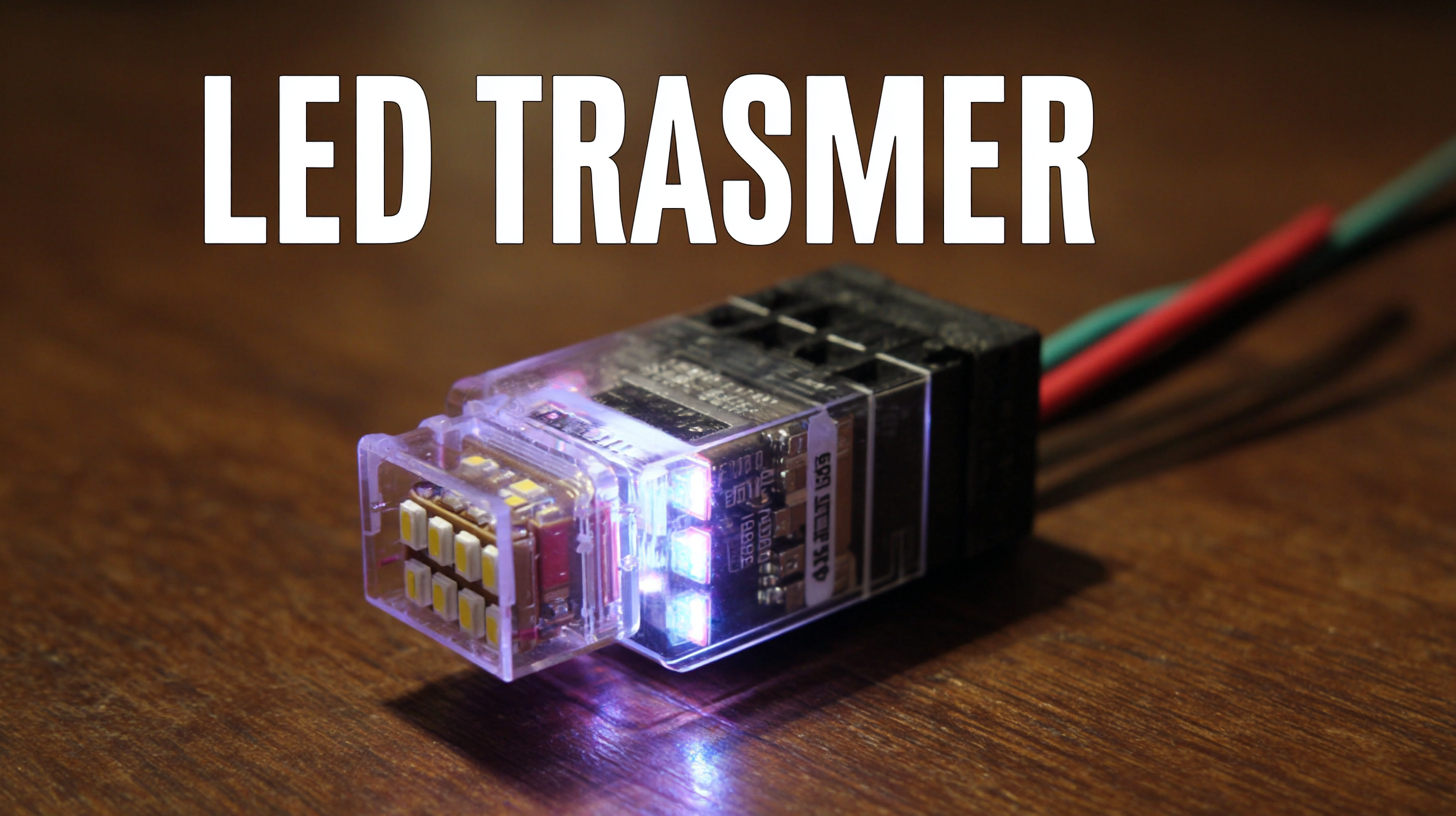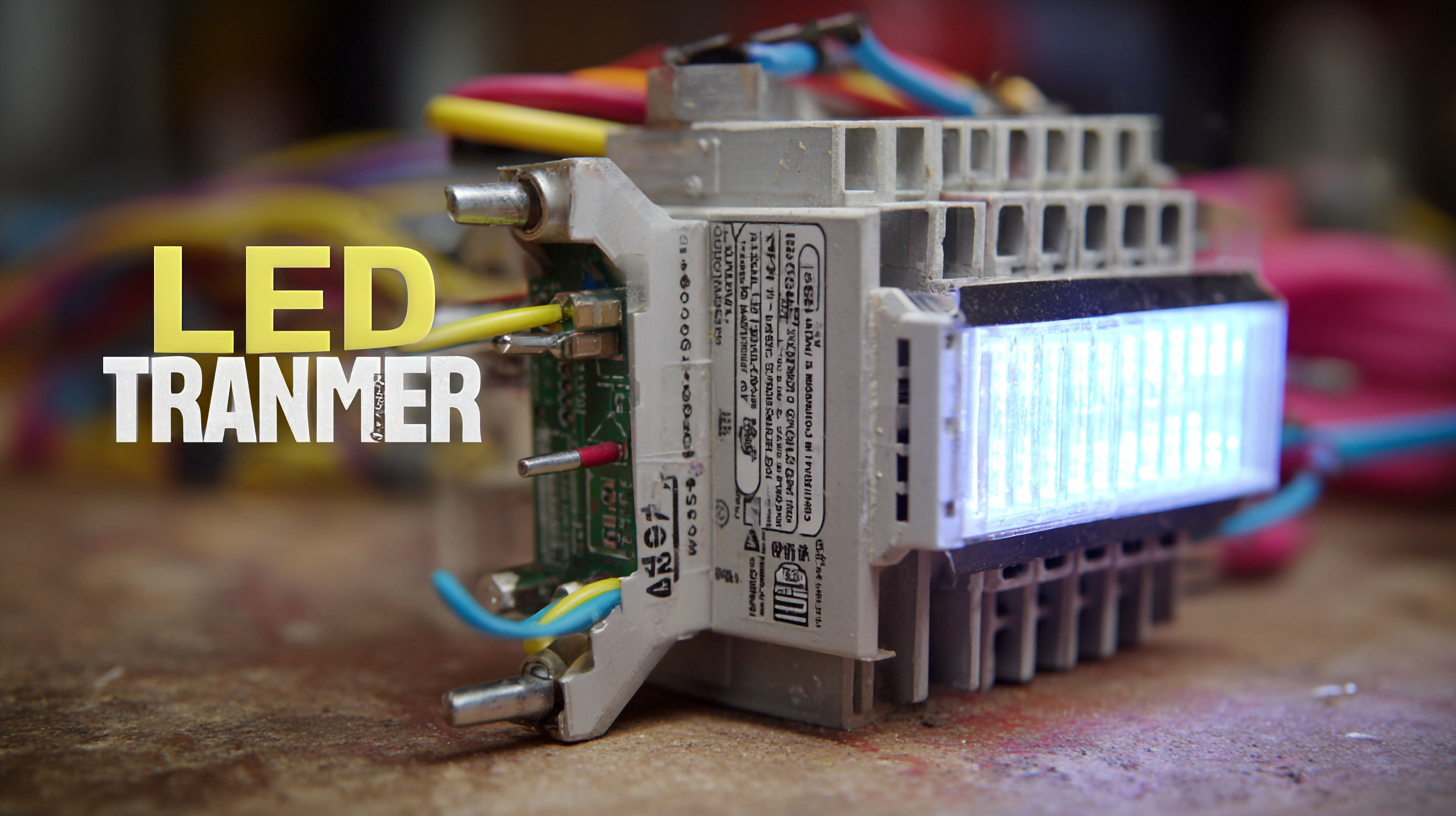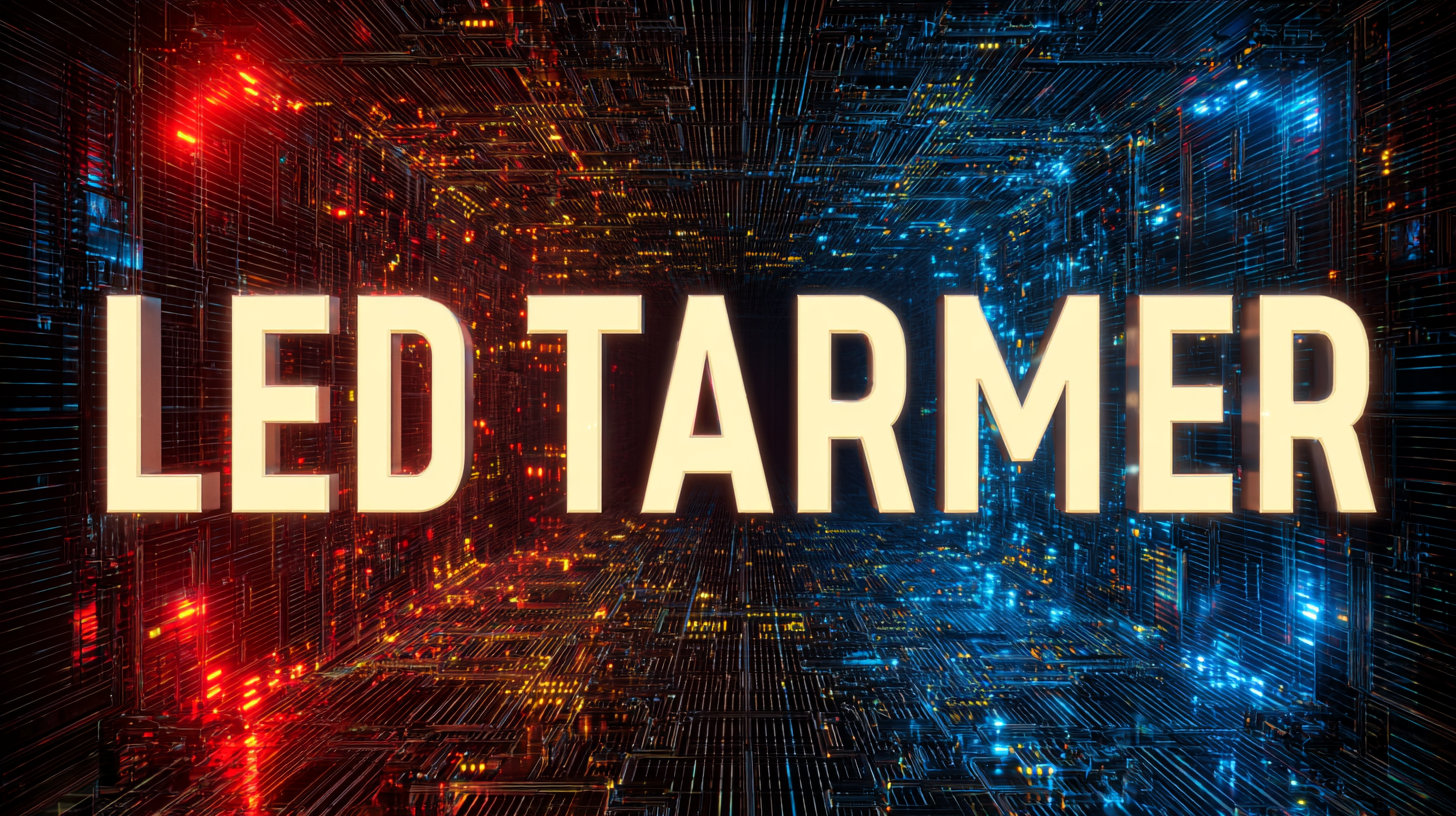How to Choose the Best Led Transformer for Your Lighting Projects
In the realm of modern lighting solutions, selecting the right LED transformer is crucial for optimizing performance and ensuring energy efficiency. According to a report by the International Energy Agency, LED lighting has the potential to reduce energy consumption by up to 75% compared to traditional incandescent bulbs, underscoring the importance of using appropriate transformers designed specifically for LED technology. LED transformers, which convert standard line voltage to a low voltage suitable for LED lights, are essential in maintaining the longevity and efficiency of your lighting projects. With the LED market expected to exceed $55 billion by 2024, understanding how to choose the best LED transformer becomes paramount for both consumers and professionals alike. In this ultimate guide, we will delve into key considerations, specifications, and tips to ensure you make informed decisions for your lighting needs.

Understanding the LED Transformer Market: Trends and Projections for 2025
As the demand for energy-efficient lighting solutions continues to grow, the LED transformer market is projected to see significant advancements by 2025. With an increasing emphasis on sustainability and reduced energy consumption, more consumers and businesses are turning to LED technology. This shift is driving innovation and competition among manufacturers, leading to a wider variety of transformers catering to different lighting applications.
When selecting an LED transformer for your project, it's crucial to consider the power rating. Ensure that the transformer can handle the total wattage of your LED lights, as under-powered transformers can lead to flickering or burnt-out bulbs. Additionally, look for transformers that offer dimming capabilities to enhance the ambiance of your space. This added flexibility can greatly improve user experience and energy efficiency.
Another important tip is to pay attention to the transformer’s efficiency rating. Higher efficiency means less energy wasted as heat, leading to lower utility bills and a reduced environmental impact. As the market evolves, keeping abreast of trends such as smart controls and remote operation will position you well as you navigate lighting projects, ensuring that your choices remain relevant and effective for years to come.
Key Factors to Consider When Selecting an LED Transformer for Your Project
When selecting the best LED transformer for your lighting projects, understanding the key factors that influence performance and compatibility is crucial. With the recent transformer shortages impacting numerous power projects globally, the stakes have never been higher. The right LED transformer must match the specific voltage and wattage requirements of your lighting system to ensure optimal efficiency and longevity. Higher quality transformers not only improve the reliability of the lighting system but also mitigate risks associated with overheating and power surges, which can lead to additional costs and project delays.

Additionally, consider the design and features of the LED transformer. Many modern transformers come with smart capabilities, enhancing usability through integration with automated systems and energy-efficient practices. As advancements in technology begin to reshape industries, incorporating intelligent solutions might become essential for maintaining competitive advantages. When evaluating your options, assess factors like dimming compatibility, thermal management, and the transformer’s certifications to align with sustainability goals and regulatory standards. This careful consideration will ultimately contribute to the successful execution of your lighting project and support broader efforts in energy efficiency and climate impact reduction.
Comparative Analysis of Transformer Types: Electronic vs. Magnetic for LED Applications
When selecting a transformer for LED lighting projects, understanding the differences between electronic and magnetic transformers is crucial. Electronic transformers, often smaller and lighter, typically offer higher efficiency rates, making them ideal for low-voltage LED applications. According to a report by the Lighting Research Center, electronic transformers can achieve efficiencies of up to 90%, which greatly reduces energy consumption and enhances the longevity of LED lights. Conversely, magnetic transformers tend to be more robust, generally favored for high-power applications but can be bulkier and less efficient, operating around 80% in most scenarios.

Tips: When choosing between these types, consider the wattage requirements of your LED lights. If your project involves multiple low-wattage LEDs, an electronic transformer may be more suitable to avoid the added weight and size of a magnetic transformer.
Tip: Always check for dimming compatibility; many electronic transformers can support LED dimmers, providing flexibility in creating the desired ambiance in your lighting design.
In addition, ensure that the transformer’s output matches the voltage and current specifications of your LED fixtures. Mismatched power inputs can lead to reduced performance or even damage to the lighting system. A transformer designed specifically for LEDs will help mitigate these risks and provide a stable, efficient power supply.
The Role of Efficiency Ratings in Choosing the Right LED Transformer
When selecting an LED transformer for your lighting projects, understanding efficiency ratings is crucial for optimizing both performance and energy consumption. According to the U.S. Department of Energy, about 20% of the energy used in the average home goes toward lighting, and using efficient LED transformers can significantly reduce this figure. High-efficiency transformers, typically rated at over 90%, convert more input energy into usable output, minimizing waste and lowering electricity bills.
Furthermore, industry reports indicate that upgrading to high-efficiency LED transformers can lead to energy savings of up to 30% compared to standard models. This not only benefits end-users financially but also supports broader environmental goals. When evaluating options, look for transformers with recognized efficiency certifications, like Energy Star or the IEC standard, as these labels signify adherence to strict energy performance criteria. Making informed choices based on efficiency ratings ensures that your lighting projects are both sustainable and cost-effective.
How to Choose the Best LED Transformer for Your Lighting Projects - The Role of Efficiency Ratings in Choosing the Right LED Transformer
| Transformer Type | Wattage | Efficiency Rating (%) | Voltage Output (V) | Dimensions (mm) | Cooling Method |
|---|---|---|---|---|---|
| Constant Voltage | 60W | 85% | 12V | 200 x 100 x 30 | Passive |
| Constant Current | 36W | 90% | 24V | 150 x 75 x 25 | Active |
| Dimmable | 100W | 92% | 12V | 250 x 120 x 35 | Fan-cooled |
| Waterproof | 150W | 88% | 24V | 300 x 150 x 50 | Passive |
Cost vs. Performance: Balancing Budget and Quality in Your Lighting Projects
When embarking on lighting projects, one essential decision you must navigate is the balance between cost and performance, particularly when selecting an LED transformer. A transformer not only affects the initial expenses but also the long-term efficiency and reliability of your lighting solution. Investing in a lower-cost transformer might be tempting, but it can lead to poor performance, inconsistent lighting, and even safety risks. Therefore, understanding the implications of your choices is crucial for the success of your project.
To achieve the best balance, consider the specific requirements of your lighting installation. High-quality LED transformers often come with better warranties and performance ratings, giving you peace of mind and avoiding frequent replacements. Additionally, factor in energy efficiency; a higher upfront cost can be offset by lower electric bills over time. Prioritizing reliable brands and models that have a track record can ensure that your project not only stays within budget but also meets the desired quality and longevity, paving the way to a successful lighting outcome.
Cost vs. Performance of LED Transformers
This chart illustrates the cost performance ratio of various LED transformers, showing the trade-off between budget and quality in lighting projects.

